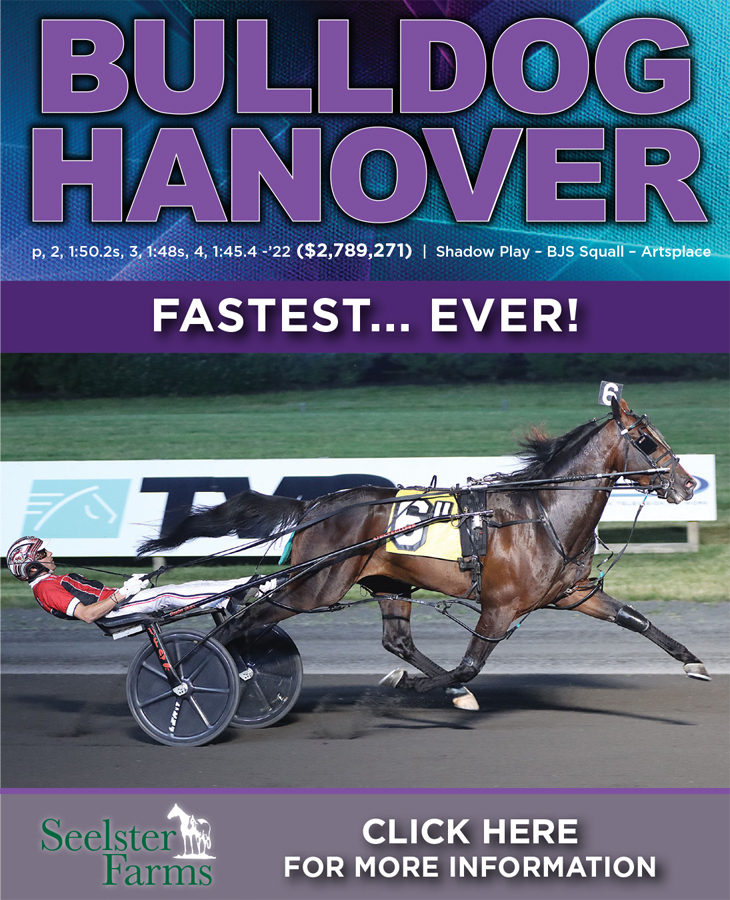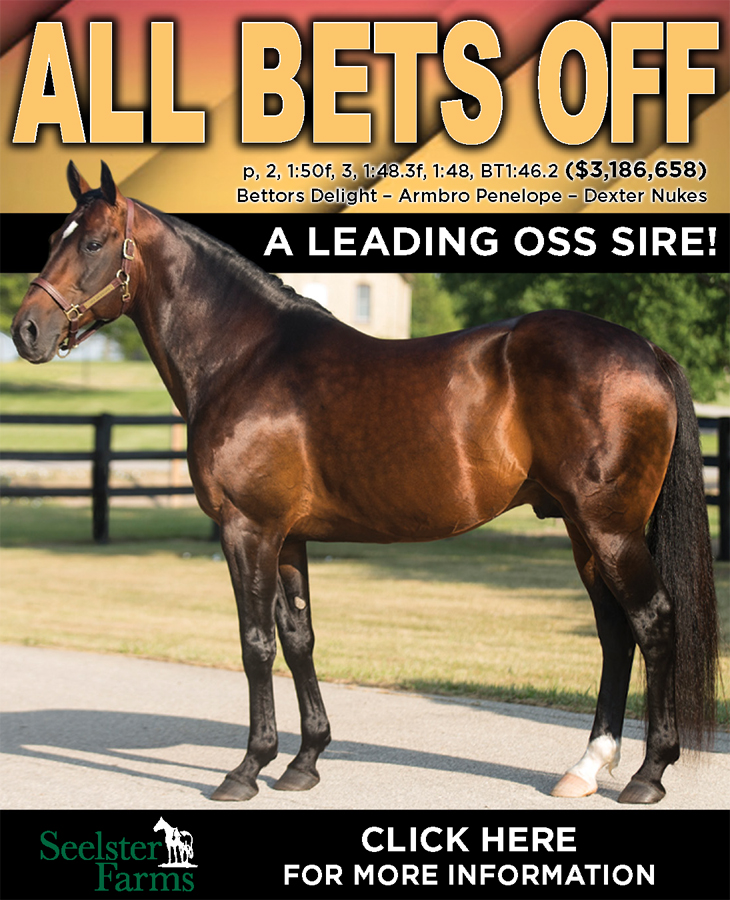

Harness racing’s M&A growth paradox
More than 50 years ago, the NFL and AFL came together to create a stronger NFL, but the same merger and acquisition strategy is, strangely, unavailable in harness racing. The least we could do is race the best horses where the handle is the highest.
by Dean Towers
Competition in business can elicit a lot of chain reactions and subsequent responses. One tool in the business toolkit for excess competition is using mergers and acquisitions.
In the 1960s, the National Football League was competing with the American Football League. Players had two leagues to sign with, marketing, promotion and television deals were split, and the infrastructure of the entire sport of football was with two entities, not one. It was a classic de-growth dilemma.
The two leagues finally merged in 1970 and it wasn’t easy. Entire books have been written on finding common ground when there was none, and working through the myriad rules and regulations to make it happen was akin to finding the lost city of Atlantis. In the end, the partnership and the sport of football thrived. In today’s business world many of the mergers we see lean on the lessons learned from the NFL-AFL partnership.
Flipping over to our sport, we often hear wants and wishes about pooling resources when it comes to slot money. We hear questions about slush funds and rainy-day funds for the good of the overall sport. Some of us gaze into a crystal ball of hope for better cooperation to increase the sport’s reach, growth, and innovation not unlike the NFL and AFL did 50 years ago.
But that hasn’t happened, and probably won’t. Officials from New York see no reason (or are contractually bound) to share resources with New Jersey; Pennsylvania with Illinois, or Ohio with Florida, where the “Pomp” is a distant memory.
The Giants and Jets might share a stadium for the good of each team, but The Meadowlands and Yonkers doing similar seems downright laughable.
However — and I think this makes most in the sport apoplectic — no one seems to even try to find an alternative.
A few weeks ago, Yonkers ran an open pace on a weekday night. The purse was $35,000 and it attracted a good field of horses with top trainers and drivers at the controls. The total handle on the race was $19,207.
Meanwhile, this past Friday (March 8) at The Meadowlands, we will saw a number of TrackMaster races featuring horses between the levels of 71 and 74, driven at times by amateur drivers, with unreadable form, and they attracted hundreds of thousands of dollars in handle on a card where the total handle again exceeded $3 million.
This doesn’t make sense to anyone.
If we started with what most would think is a worthwhile goal — race the best horses where the handle is the highest — it’d be reasonable to think something could get done without some technocratic, government-led decree.
Yes, the sport has talked about — or given lip service to — solutions. Scheduling changes in the winter months (the summer less so with New York Sires Stakes and The Meadowlands stakes racing calendar); splitting up the types of races so there’s only one class at each racetrack; bringing Harrah’s Philadelphia and Pocono on-board with similar. Working together, as a team for the better of the sport.
But for whatever reason nothing seems to change. Stasis is all that remains.
In harness racing we’re often told there are no workable solutions, it is what it is. When it comes to M&A activity they’re right because it’s a tool that cannot be used. However, the reasons businesses uses M&A is to get more efficient, to innovate, to grow, just like the NFL has. Those, in my view, are attainable to harness racing if they’re creative, and there’s a will to get the job done.















